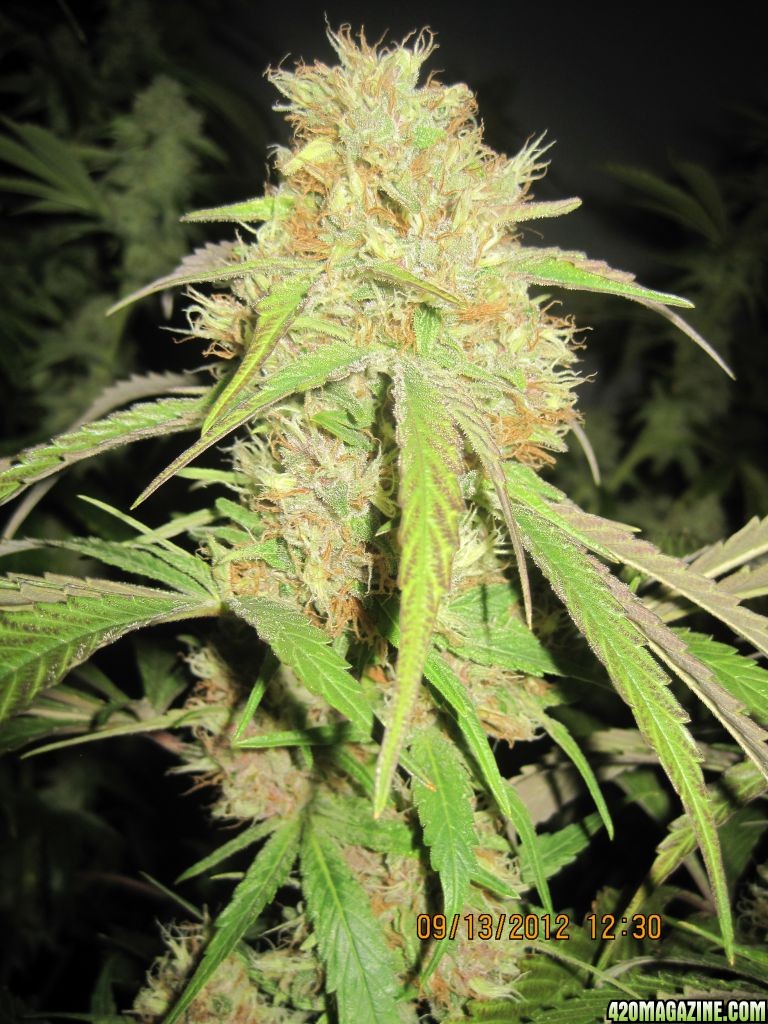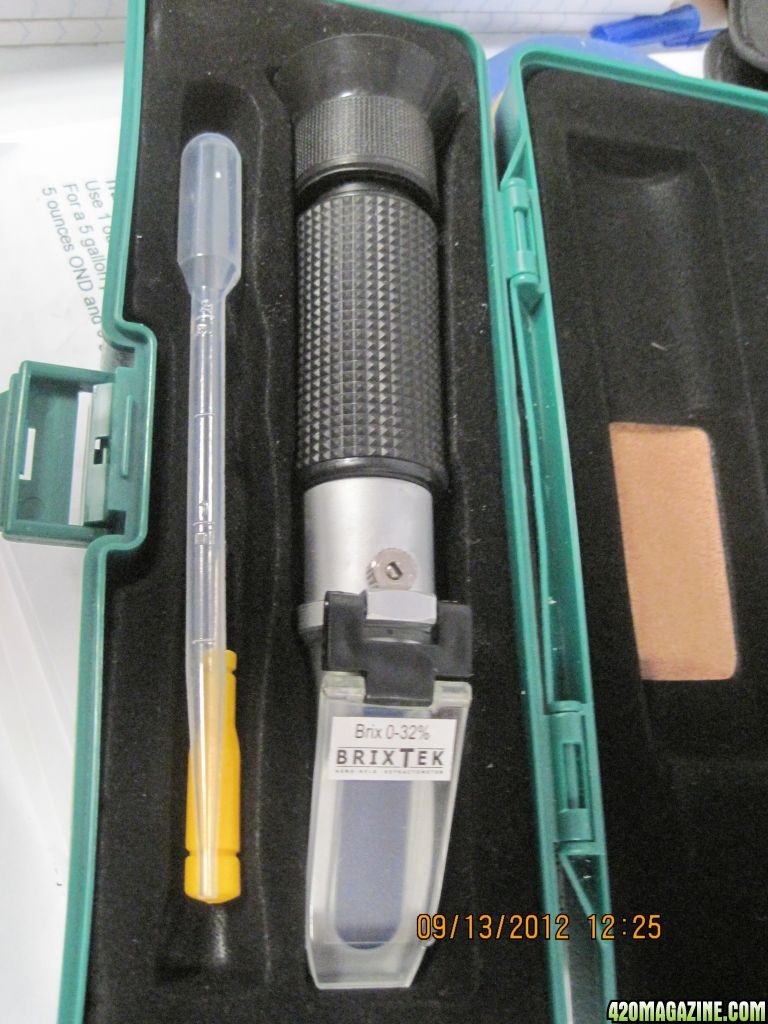- Thread starter
- #21
That carbonized limestone is some cool stuff. Keeps the calcium from sinking below the root zone right? calcium mixed with hydrogen?
From the manufacturer:
Carbonized Limestone is a new offering from International Ag Labs. This is a new product made exclusively by Calcium Products, Inc. Carbonized Limestone is finely ground high calcium lime stone mixed with dry carbons (humates), dry carbohydrate, and liquid humate then pelletized.
Carbonized Limestone is currently an exclusive product only available through International Ag Labs and through our Fertilizer Brokerage. We're pleased to offer this product for fall fertilization. Production is currently available.
Carbonized Limestone is a pelletized product and it will be easy to use in a fertilizer spreader. We've seen some very good results by using this pelletized product. We've seen some very dramatic changes in the plants and in the productivity of the fields when used. We're very excited about Carbonized Limestone because we feel this is a premium product; it gets results with raising your calcium levels.
Why “Carbonize” Lime?
Calcium is heavy, so when it's put out in the soil, it has a tendency to sink down. Because it sinks, it'll soon go out of the root zone. Carbon, on the other hand, has a tendency to float in the soil and move up. So when we “carbonize” the limestone we end up putting both of these in each other's way, so the limestone has a hard time going down and the carbon is slowed in its tendency to go up. In effect then, the bacteria have more time to digest and break down that limestone, increasing its availability to plants.
The “carbonization” of the lime adds to the quality, and increase the availability of calcium. The limestone in Carbonized Limestone is very high quality, nearly pure, 38% calcium, it's very finely ground, to a size of about 100-200 mesh or finer. It's actually the dust that's sucked out of the air and then pelletized. So it's one of the best limestone products out there





 ). These high brix grows interest me a lot as I grow for 100% for myself, so its all about the quality in my personal grow. Cant really see how this way of growing WOULDN'T taste better, feel better, and give a more incredible high. Can't wait to see em flower doc!
). These high brix grows interest me a lot as I grow for 100% for myself, so its all about the quality in my personal grow. Cant really see how this way of growing WOULDN'T taste better, feel better, and give a more incredible high. Can't wait to see em flower doc!





 growing food. If the cost of nutrients were that high, they couldn't sell their food. But the opposite is true! The quality of the food is high, and the cost for growing it is relatively low....so many of these guys support themselves with market gardens on a single acre!
growing food. If the cost of nutrients were that high, they couldn't sell their food. But the opposite is true! The quality of the food is high, and the cost for growing it is relatively low....so many of these guys support themselves with market gardens on a single acre!







